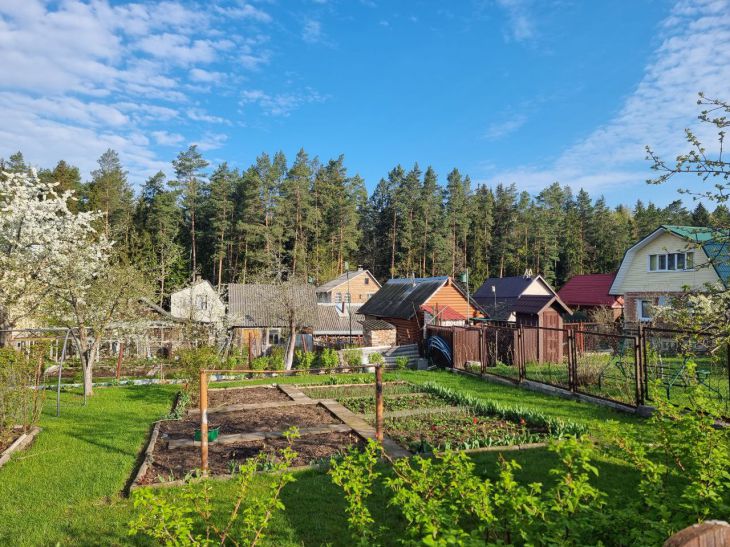Wireworm is the larva of the click beetle, which is a serious threat to gardeners.
This pest, known for its gluttony, is capable of destroying crops of potatoes, carrots, beets and other crops.
Combating it requires a comprehensive approach, including both preventive measures and active counteraction.
Why is wireworm so dangerous?
Wireworms live in the soil and are able to feed on plant roots, tubers and seeds, significantly reducing crop yields.
The larvae live underground for up to five years, and their dense chitinous cover makes them resistant to adverse conditions and many chemicals.

Pests are active almost the entire season, especially in spring and autumn, when the soil is moist and temperatures are moderate.
One of the reasons for their mass reproduction is insufficient soil care and the presence of weeds, especially couch grass, which serves as a shelter and food source for them.
Effective methods of prevention
The first step in the fight against wireworms is to create unfavorable conditions for their reproduction.
Regular digging of the soil in the fall helps to destroy nests of larvae and reduce their numbers.
It is important to remove weeds, especially couch grass, as it is a major haven for pests.
It is also worth alternating crops on the site, using crop rotation: wireworm does not like legumes, so planting beans, peas or lupines can significantly reduce the risk of plant damage.
Adding lime or wood ash to acidic soil makes it less attractive to pests, as wireworms prefer an acidic environment.
Active methods of struggle
If pests have already attacked the area, it is worth using traps.
For example, chopped pieces of potatoes or carrots can be buried in the ground to a depth of about 5 cm, and then removed after a few days and destroyed along with the larvae.
Biological preparations such as metarizin or nemabact, which contain beneficial fungi and nematodes that affect wireworms, give good results.
Chemicals, such as insecticides, should only be used in extreme cases and strictly according to instructions, so as not to harm the ecosystem.
You can also attract natural enemies of wireworms to the site - birds, moles, hedgehogs, which feed on larvae.
Wireworm protection is a process that requires attention and effort.
Proper soil care, timely preventive measures and the use of proven control methods will help keep the harvest healthy.








